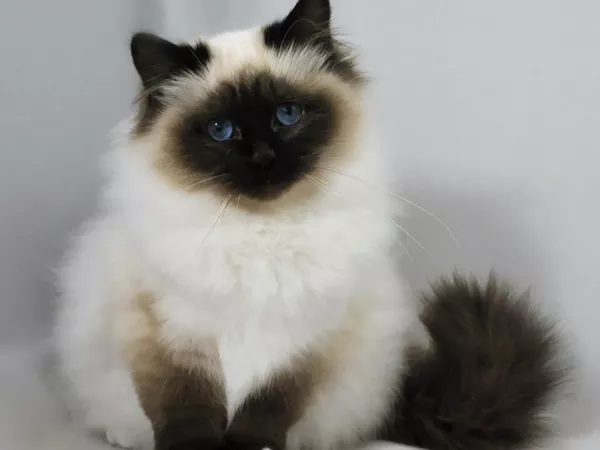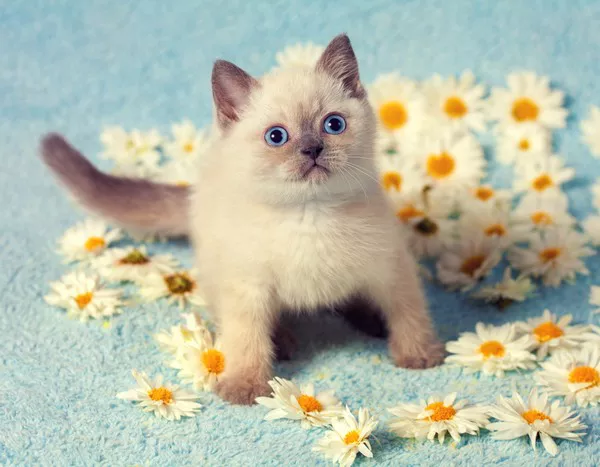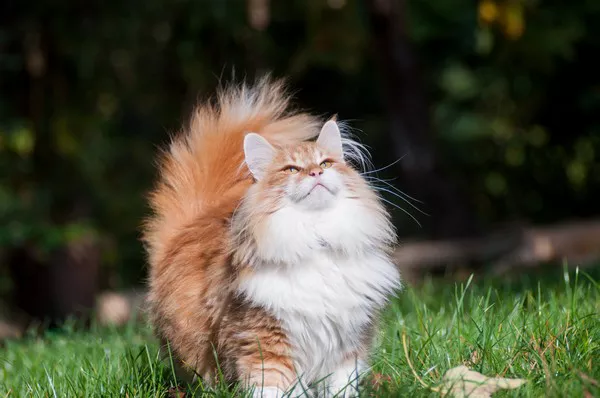Himalayan cats are cherished for their stunning appearance and gentle personalities. As cat owners, it’s natural to want the best for our feline companions, including providing them with suitable nutrition. One common question that arises is whether Himalayan cats can drink milk. In this article, we will delve into the topic of whether milk is a suitable dietary option for Himalayan cats, discuss the potential risks and benefits, and explore alternative nutritional choices to ensure your furry friend’s well-being.
The Myth of Cats and Milk
1. Cultural Depictions
The image of a content cat lapping up a bowl of milk is a common one in popular culture. However, this depiction can be misleading, as not all cats can tolerate milk.
2. Lactose Intolerance
Most adult cats, including Himalayans, are lactose intolerant. Lactose is the sugar present in milk, and many cats lack the enzyme lactase needed to properly digest it. Consuming milk can lead to gastrointestinal upset, including diarrhea and stomach discomfort.
The Potential Risks of Milk Consumption
1. Digestive Upset
As mentioned earlier, lactose intolerance can lead to digestive upset in cats. Even a small amount of milk can cause discomfort and disrupt your Himalayan cat‘s digestive system.
2. Weight Gain
Milk is relatively high in calories, and excessive consumption can contribute to weight gain in cats. Obesity can lead to a range of health issues, including diabetes and joint problems.
3. Nutritional Imbalance
While milk contains some nutrients, it is not a balanced source of nutrition for cats. Cats require specific nutrients, such as taurine, which are not adequately provided by milk alone.
Alternative Hydration Options
1. Fresh Water
The best way to keep your Himalayan cat hydrated is by providing fresh, clean water at all times. Water is essential for overall health and supports proper bodily functions.
2. Wet Cat Food
Wet cat food contains a significant amount of moisture, contributing to hydration while providing essential nutrients. Consult your veterinarian to choose high-quality cat food that meets your Himalayan cat’s nutritional needs.
Understanding Feline Nutrition
1. Carnivorous Diet
Cats, including Himalayans, are obligate carnivores, meaning their diet should primarily consist of animal-based protein. A well-balanced cat food that includes protein, fats, vitamins, and minerals is essential for their health.
2. Nutritional Requirements
Himalayan cats have specific nutritional requirements based on their breed, age, and activity level. Consult your veterinarian to create a tailored feeding plan that supports your cat’s optimal health.
Treating Your Himalayan Cat
1. Occasional Treats
While milk is not recommended as a regular dietary option, some cats may tolerate small amounts of lactose-free milk or dairy alternatives as an occasional treat. However, always monitor for any signs of digestive upset.
2. Safe Treat Options
If you’re looking to treat your Himalayan cat, consider offering small pieces of cooked chicken, turkey, or commercially available cat treats. These options are safer and more appropriate for feline consumption.
See Also: The Best Food Options for Your Himalayan Cat
Conclusion
In conclusion, the idea of cats, including Himalayans, enjoying a bowl of milk is more of a cultural myth than a reality. Lactose intolerance and the potential for digestive upset make milk an unsuitable option for most adult cats. Providing your Himalayan cat with fresh water, balanced cat food, and appropriate treats is crucial for their overall health and well-being. Understanding your cat’s nutritional needs and consulting with a veterinarian can guide you in making informed decisions to ensure that your beloved Himalayan companion receives the best possible care. Remember, a healthy and happy Himalayan cat is one that receives proper nutrition tailored to their specific requirements.

























